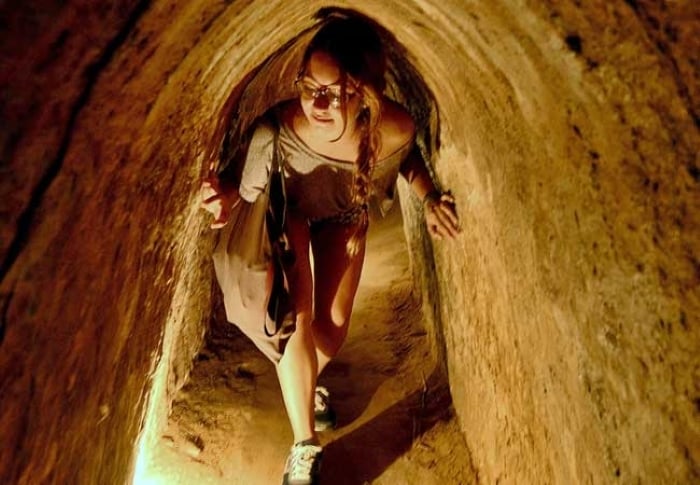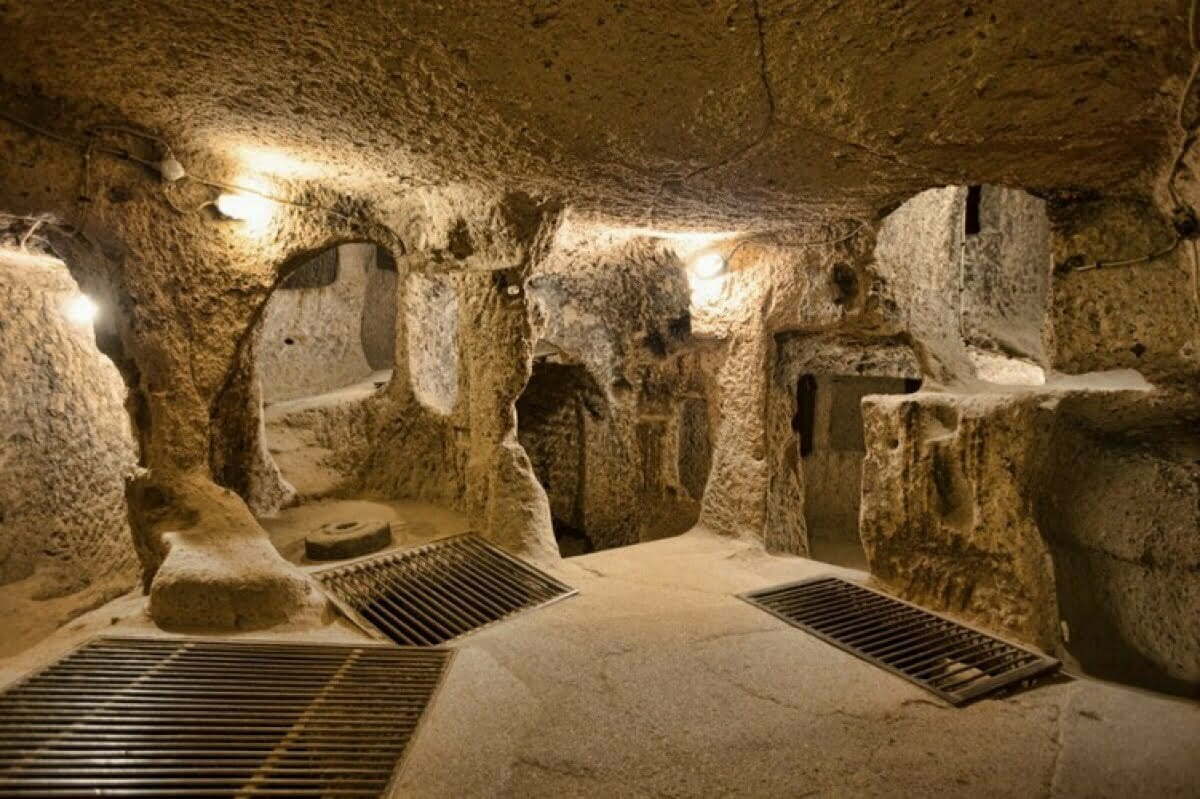The Tales of Cu Chi Tunnels: True Stories of Bravery and Horror
A Network of Underground Tunnels
The Cu Chi tunnels were an extensive underground network built by the Viet Cong as part of the Ho Chi Minh Trail. Stretching over 250 km, they included living quarters, storage facilities, trap doors, constructed areas for ambushes, weapons factories, field hospitals, command centers and kitchens. Due to their intricate designs that incorporated dead ends, false tunnels and complex intersections, they proved to be a formidable challenge for American and South Vietnamese troops.

Clever Camouflage Techniques
The tunnels had camouflage built directly into their construction. Entrances were hidden beneath layers of forest debris and hidden trap doors. Ventilation and escape tunnels were concealed using local vegetation like leaves and sticks. During American bombing campaigns, they could rapidly seal off damaged tunnels using camouflaged trap doors. This allowed them to continue using otherwise intact portions of the underground network. Their camouflage prowess allowed them to come and go unseen, launching surprise attacks against superior American firepower.
The Dangers of Underground Combat
For American “Tunnel Rats”, clearing the Cu Chi tunnels was a dangerous and nerve-wracking task. They had to crawl through narrow, claustrophobic passages with only a pistol in one hand and flashlight in the other. With no knowledge of what lay ahead, they risked ambushes or booby traps around each turn. One veteran recalled combat above ground was “much more comfortable” than the suffocating conditions underground. Others commented they “should have nuked it” rather than enter the ominous tunnel network. It was mentally taxing work that pushed troops to their physical and emotional limits.
A Scare in the Jungle
During one visit to the tunnel area, a tourist experienced a scare directly from the tunnels’ past. While taking pictures with a friend in the forest, leaves beneath their feet suddenly shifted. From the ground emerged a man in soldier’s uniform who greeted them casually. The unexpected encounter from someone emerging stealthily from the earth below was terrifying. It highlighted how effectively the tunnels allowed Viet Cong troops to monitor above ground activities right under the enemy’s nose, launching surprise attacks when opportunities arose. Even tourists decades later could vividly appreciate the tunnels’ tactical advantages through such lively reenactments.
Memories of Battles Past
American veterans who faced the Viet Cong in the tunnels had mixed recollections. They acknowledged their opponents’ courage, meticulous planning and ability to live off the land even in inhospitable terrain. However, they observed the Viet Cong seemed to fall apart without strong leadership to direct them. A few veterans later met their former Vietnamese foes, finding more commonalities with them than their own countrymen back home. One reflected it was “disconcerting” to socialize cordially with men he had once fought fiercely against in the Ashau Valley or DMZ. Through candid discussions, past enemies found shared appreciation for each other’s skills and honor in overcoming immense challenges. It helped provide closure to traumatic wartime memories.
Lessons from a Resourceful Foe
The Cu Chi tunnel network stands as a remarkable engineering feat born from wartime ingenuity. It allowed Viet Cong troops to withstand tremendous firepower through camouflage and dispersion tactics America’s “search and destroy” strategy struggled to counter. Even after the war, the tunnels continued providing an accurate lens into these soldiers’ mindset, hardiness and adaptation to any environment. Both adversaries gained begrudging respect for each other through their bloody encounters underground. While the war left deep scars, open dialogues between former foes demonstrated the humanity in all soldiers regardless of uniform. Their legacy reminds us the value of understanding opponents’ perspectives and finding common ground, even after the fiercest of battles.
